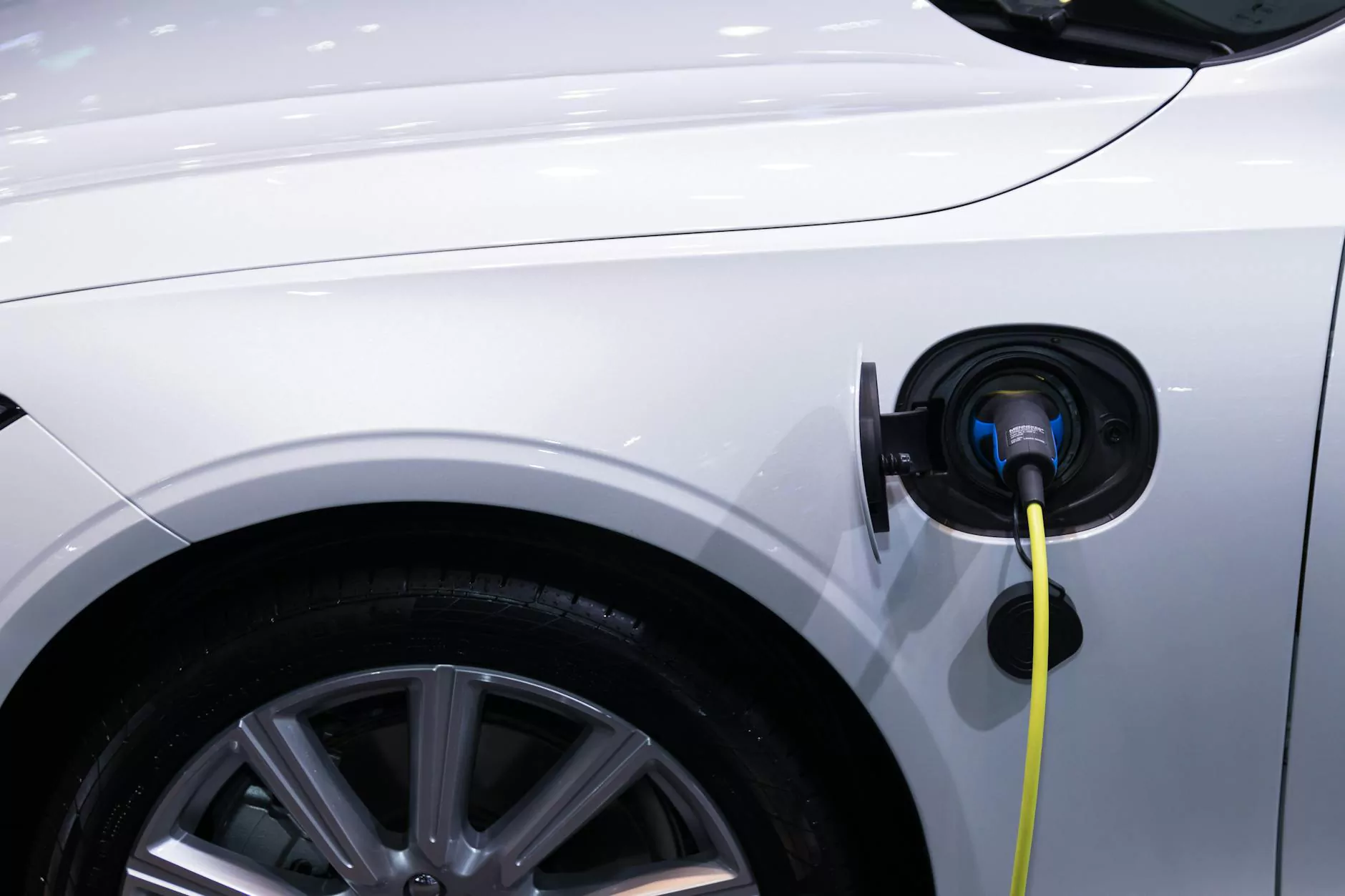Distributed Antenna Systems (DAS): Passive vs Active vs Hybrid

Welcome to All American Technologies' comprehensive guide on Distributed Antenna Systems (DAS) - the backbone of modern wireless communication. In this guide, we will delve into the differences between passive, active, and hybrid DAS technologies, providing you with a detailed understanding of their functionality, benefits, and use cases.
Understanding Distributed Antenna Systems (DAS)
Distributed Antenna Systems, commonly referred to as DAS, are cellular network infrastructure solutions that enhance wireless coverage and capacity within a given area. They ensure seamless connectivity, optimal signal strength, and high data transfer speeds to meet the requirements of businesses, public spaces, stadiums, campuses, and more.
The Advantage of DAS
DAS offers numerous advantages over traditional wireless network solutions. By distributing antennas strategically across a location, DAS eliminates coverage gaps and enhances signal quality, resulting in improved call quality and faster data speeds for end-users. Additionally, DAS can handle higher network traffic, making it ideal for crowded environments where multiple users are simultaneously accessing the network.
Passive DAS: Enhancing Signal Strength Efficiently
Passive DAS, also known as off-air DAS, relies on existing cellular signals from macro cell towers. It captures and redistributes these signals through a network of antennas and passive components such as splitters, couplers, and combiners. Passive DAS installation is cost-effective, especially in areas with strong existing signal coverage.
The Components of Passive DAS
Passive DAS typically consists of a head-end unit, coaxial cables, and a network of antennas. The head-end unit receives the signals from the macro cell tower and distributes them through the coaxial cables connected to strategically placed antennas. The passive components help balance the signal distribution and enhance coverage.
Benefits of Passive DAS
Passive DAS offers several benefits, including:
- Cost-effectiveness compared to active and hybrid systems
- Ease of installation and maintenance
- No direct power requirement
- Efficient signal amplification and distribution
- Suitable for small to medium-sized areas
Active DAS: Optimizing Signal Quality and Capacity
Active DAS, also referred to as signal-boosting DAS, utilizes fiber-optic or Ethernet cables to transport signals. Active components, including remote units and amplifiers, actively process and strengthen the signals before distributing them through the network of antennas. Active DAS is suitable for areas with weak or inconsistent cellular signal coverage.
The Components of Active DAS
Active DAS includes various components, such as:
- Master unit: Receives signals from the source and manages signal distribution
- Remote unit: Located close to the antennas, it amplifies and distributes the signals
- Fiber-optic or Ethernet cables: Transmit signals between the master unit and remote units
- Antennas: Transmit amplified signals to desired coverage areas
Benefits of Active DAS
Active DAS offers several benefits, including:
- Higher signal quality and capacity compared to passive systems
- Flexibility to cover large or complex areas
- Ability to support multiple carrier networks
- Enhanced control, monitoring, and remote management capabilities
- Improved signal-to-noise ratio
Hybrid DAS: The Best of Both Worlds
As the name suggests, hybrid DAS combines the strengths of both passive and active DAS technologies. It leverages passive components to capture and distribute strong existing signals while implementing active components to amplify and refine weaker signals. Hybrid DAS offers optimized signal quality and coverage in various environments.
The Components of Hybrid DAS
The components of hybrid DAS include those found in both passive and active DAS. This includes antennas, coaxial cables, fiber-optic or Ethernet cables, remote units, amplifiers, and more. The integration of passive and active solutions ensures a robust and efficient wireless infrastructure.
Benefits of Hybrid DAS
Hybrid DAS provides several benefits, including:
- Superior signal quality and coverage optimization
- Flexibility to adapt to different signal environments
- Cost-effectiveness compared to fully active systems
- Ability to integrate with existing infrastructures
- Enhanced scalability and future-proofing capabilities
Choose All American Technologies for DAS Solutions
All American Technologies is a leading provider of innovative and cutting-edge Distributed Antenna Systems. With our expertise, we offer customized DAS solutions tailored to your specific needs, ensuring seamless connectivity, optimal signal strength, and enhanced wireless performance. Our team of highly skilled professionals will assess your requirements and deploy the most suitable DAS technology, whether it's passive, active, or hybrid, to exceed your expectations.
Don't settle for compromised wireless connectivity. Contact All American Technologies today to revolutionize your wireless network!










